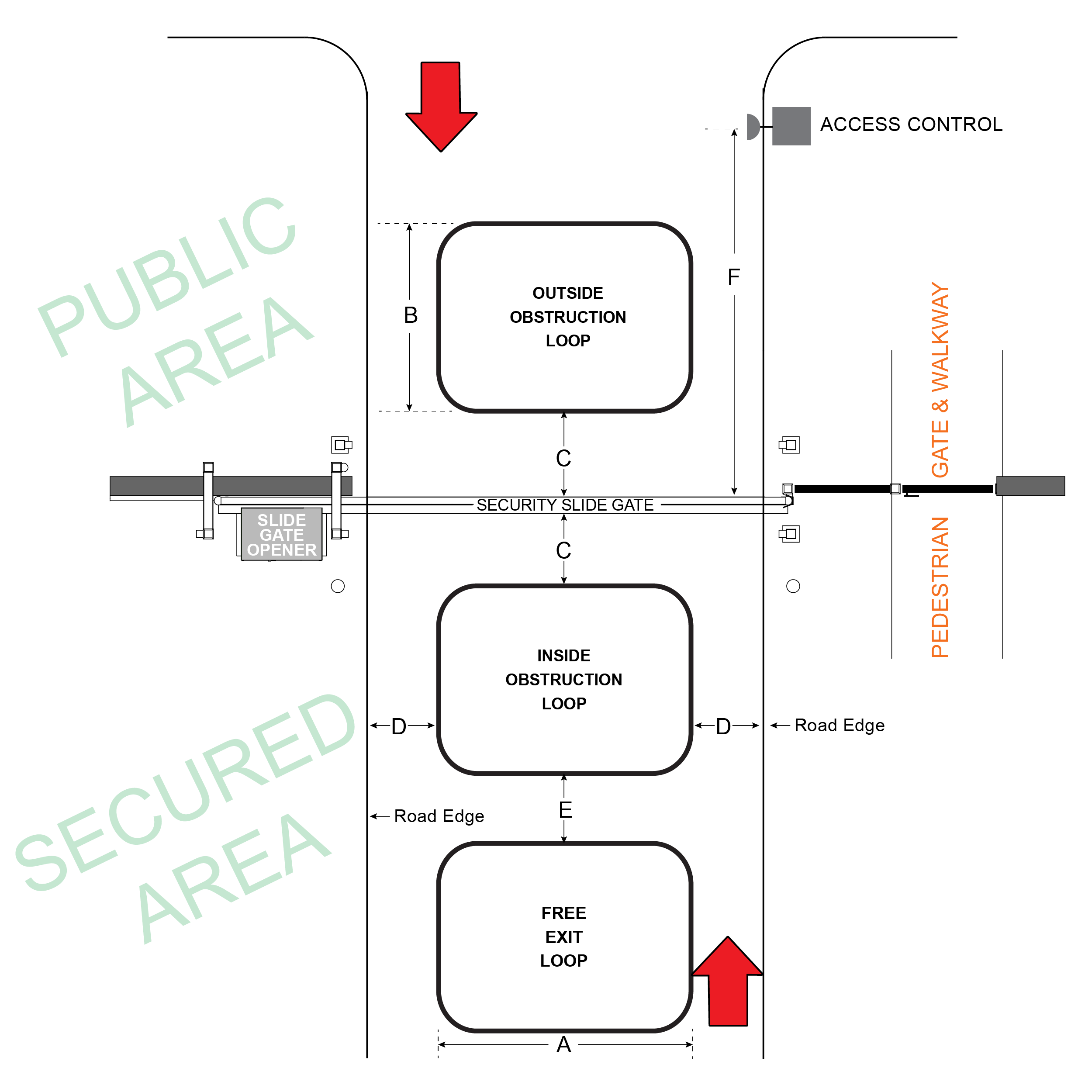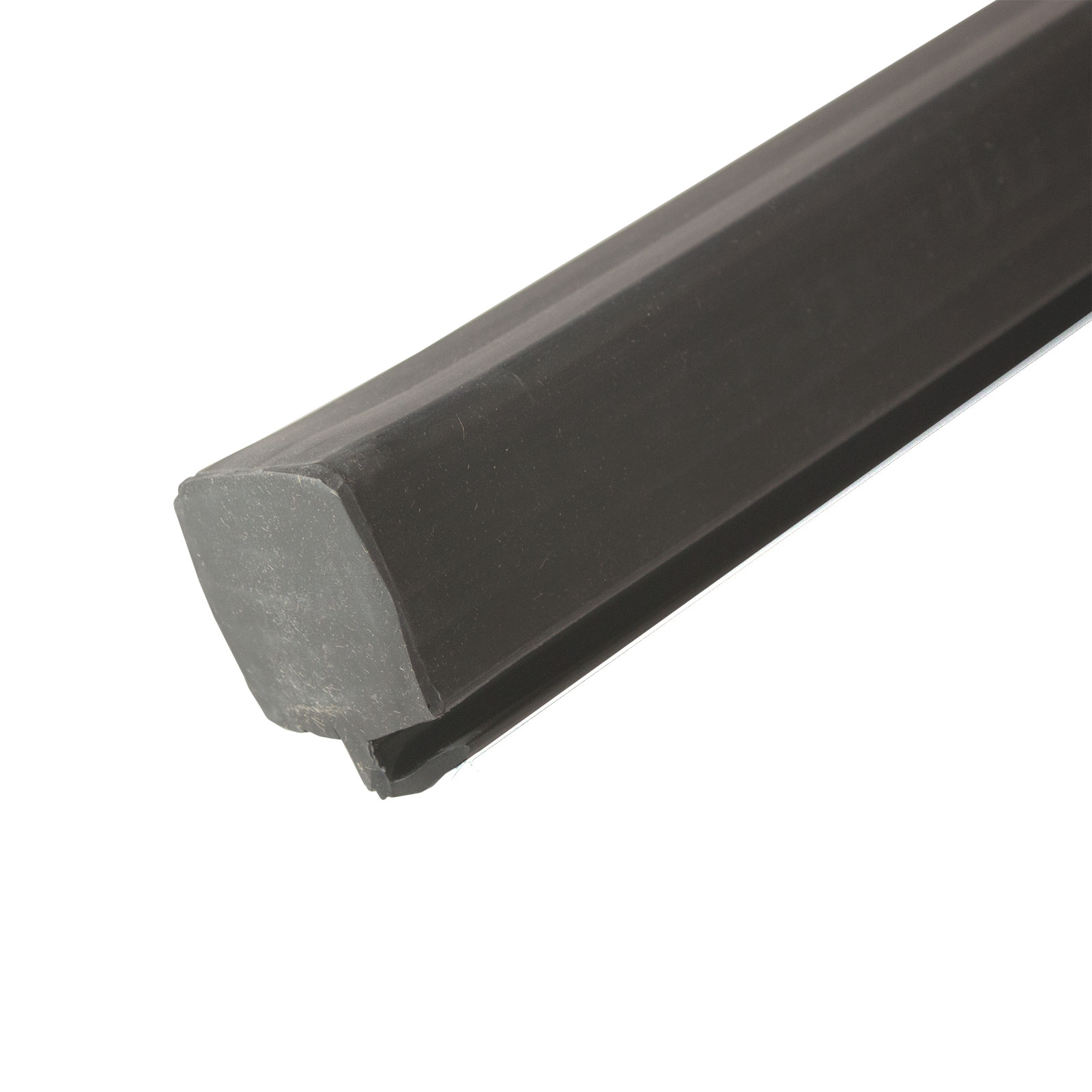What Is the Difference Between Presence Mode & Exit Mode?
E-loops are a relatively new concept for wireless vehicle detection. E-loops are replacing the traditional wired inductive loops while increasing reliability. E-loops are less expensive and require less effort to install. With various types of e-loops on the market, you may wonder which suits your needs best. Three things you will want to consider are the sensing mode, application, and installation method. But first, let's explore how an e-loop works.
How E-Loops Work
E-loops use magnetometer sensors to detect the presence of oncoming vehicles. These detections are transmitted to the gate's transceiver, activating the gate to open. Once the vehicle is detected, the e-loop switches to radar mode.
Radar mode detects when a vehicle is stopped on the e-loop and utilizes two-way communication for reliable operation. Once the magnetometer sensor detects an oncoming vehicle, the transceiver relay is latched, and confirmation is sent back to the e-loop.
Once the radar mode sensor has latched the transceiver relay, it will stay latched until the magnetic field between the vehicle and the e-loop is below the threshold. When it falls below a threshold, the vehicle has likely passed; at this point, the radar sensor will confirm the vehicle has passed with the transceiver and send a command to unlatch. Missed confirmation will cause the sensor to make multiple confirmation attempts for safe operation.
This is where presence mode or exit mode comes in…
E-Loop Sensing Modes
E-loops are commonly offered in two modes, though some are provided with both for you to choose from. The two modes are “presence mode" and “exit mode." Exit mode is also referred to as “pulse mode."
Presence Mode
Presence mode measures occupancy. The e-loop is actuated when the vehicle arrives in the detection zone and ends when the vehicle exits the detection zone. The actuation duration indicates to the radar mode sensor that the relay loop will be latched for the duration of the vehicle's presence in the detection zone.
*A key thing to note is that units with presence mode only should not be used as a sole safety device. Units with presence mode only must be used with another gate safety device.
Exit Mode
Exit mode is used to count vehicles. Actuation starts when the vehicles arrive in the detection zone and ends after the pulse activation, which is about .10 to .15 seconds. The relay is latched while the sensor is actuated. This mode is used when vehicles are not making full stops but rather passing through slowly.
E-Loop Applications & Installation Methods
E-loops are most popular for commercial settings; thus, most are designed for commercial use. However, AES makes the E-loop Mini designed for domestic and residential settings. E-loops were designed with convenience in mind. Thus, most are meant to be surface mounted. However, some are offered as “in-ground," meaning they sit flush with the road's surface. In-ground e-loops minimize the amount of roadway you will need to dig up compared to traditional wired inductive loops. Currently, only commercial e-loops are available for in-ground installation.
If you have any further questions about E-loops, please reach out to our friendly sales representatives. They are happy to help in any way they can!
Contact Us




